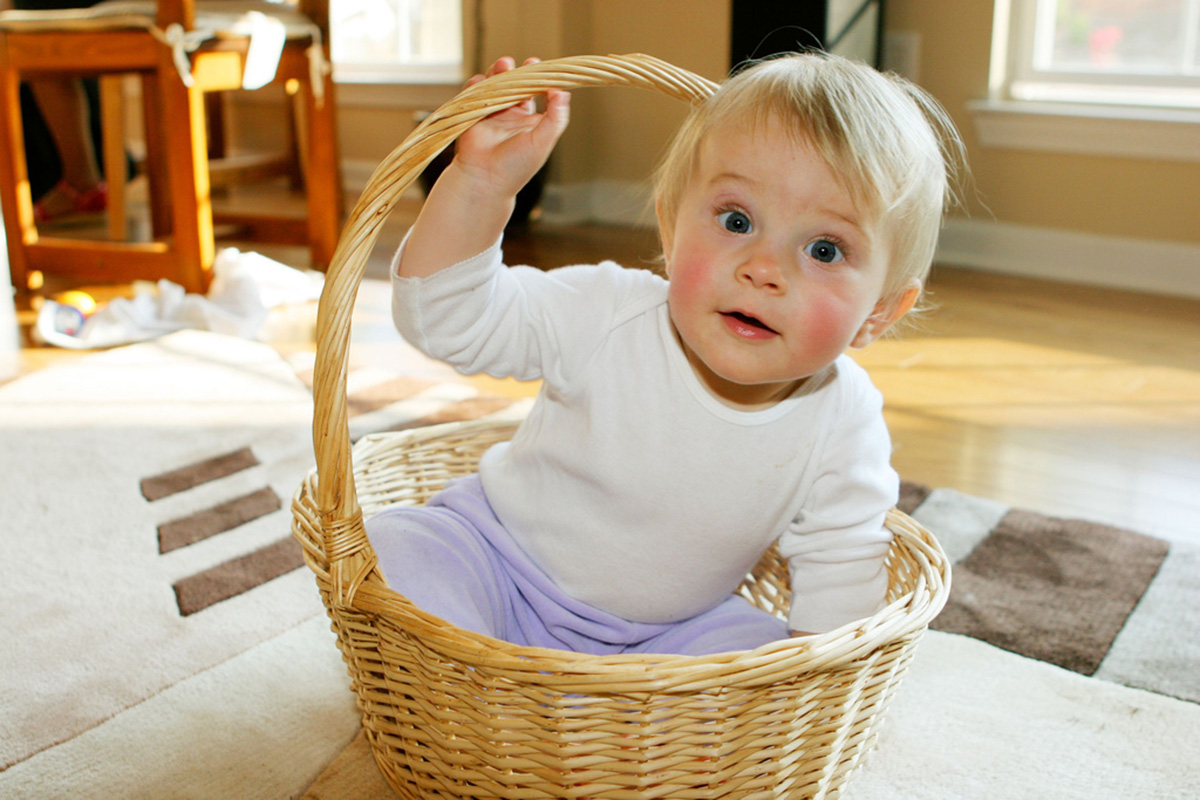Table of Contents
Children under five years old are extremely inquisitive, naturally carefree, and impulsive. The exploration of their environments may lead kids in this age group to put things in their mouths. Poisonous substances may appear in exceptionally attractive packages.

Some smell bad, while others — like the liquid Tylenol my son ingested — look great and smell better.Medications form the biggest source of child poisoning in many countries, and medications that are especially designed for children can certainly be poisonous in big doses.
Yet, the danger stretches far beyond medications, which you are likely to have locked up at most times.
You should be aware that the following products can also pose huge risks to your young children:
- Tobacco: eating just one cigarette can put your child's life in fatal danger
- Alcohol
- Toilet fresheners
- Cosmetics
- Bleach
- Poisonous houseplants such as Hyacinthus and Dieffenbachia
- Laundry detergent
- Essential oils and herbal medication
Symptoms Of Poisoning
The symptoms a child will experience after ingesting a poisonous substance will vary with the substance itself. Every single substance will have its own specific symptoms.
The following list is a general guide to what you can expect:
- If a child is poisoned by tobacco, alcohol, medication or plants, he or she might experiences nausea and vomiting, and lose consciousness.
- Ingesting cleaning materials including bleach can lead to breathing difficulties and swallowing trouble, redness of the skin, blisters in the mouth, on the tongue or on the lips, and occasionally oral bleeding. It will also lead to (heavy) pain.
- Poisoning with liquid and solid laundry detergents, washing up liquids and laundry softeners is associated with abdominal pain, breathing difficulties, and blisters on the lips and in the mouth.
What To Do If Your Child Is Poisoned
The action you should take if your child is poisoned or you suspect poisoning varies depending on your location. You should always call your family doctor, pediatrician or the emergency number (911) immediately. In some countries, you can also call a special poisoning hotline or contact your pharmacy. If you are not sure what your child ingested, try to find out. If you do know, have the package ready or, in the case of plants, prepare a sample.
Tell the healthcare provider that is dealing with your child's poisoning what your child ingested, and how much of it.
You may be told to rush to the ER or your doctor's clinic, or an ambulance may come. You may also receive instructions about what to do in the immediate aftermath. Here are a few general tips to keep in mind:
- Children who are lethargic or unconscious and who cannot drink independently should not be made to drink or vomit, as this poses a choking hazard. Place the child on his left side and call the emergency services.
- Children who ingested tobacco, alcohol, medication or poisonous plants should have the remnants removed from their mouths, and should then be made to vomit. Rehydrate the child with plenty of water afterwards.
- Children who applied nicotine patches should have the patch removed and the area washed with water and soap continuously while you wait for the emergency services to arrive.
- Children who ingested cleaning materials including bleach SHOULD NEVER be made to vomit, as the substance can cause just as much damage on the way back up. You can give the child a little milk and clean any materials on the skin or in the eyes off with clean tap water.
- Children who ingested petroleum products should NOT drink, but can have the inside of their mouths washed with water.
- Children who ingested laundry or dish-washing detergents should not be made to vomit. They should receive something fatty such as butter, mayonnaise, or whipped cream.
- If a child is conscious after suspected poisoning, keep them awake and upright to prevent inhalation of vomit and facilitate easier breathing. However, do not force wakefulness if they become extremely sleepy or lose consciousness. Instead, focus on maintaining a clear airway and monitor their condition closely.
- Preserve the container of the suspected poison. It provides crucial information, including the substance's identity and concentration, aiding medical professionals in delivering appropriate treatment. Quick access to this information can significantly impact the effectiveness of the emergency response and medical care provided.
- Closely observe the child for changes in breathing and consciousness. Regular monitoring can quickly identify life-threatening complications, ensuring timely medical intervention. Alert emergency services to any alterations in the child's respiratory rate or level of awareness.
Read More: How to Treat Food Poisoning at Home
Preventing Poisoning
OK, you know this already. Every parent needs the occasional reminder, however. Keep any and all hazardous products well out of your child's reach, and do not simply assume your child is responsible enough to refrain from ingesting things like bleach, cigarettes, and washing powder.
Keep your medications in their original packages so you know exactly what your child took if an accident does happen, but always dispose of expired or unused medications. Close lids and packages as soon as you're done using them, and put the hazardous products high up, away from your child's curious hands.
If your handbag contains anything hazardous, including medications, perfumes, or cigarettes, ensure your child cannot access your bag. Look into natural, safe cleaning products such as vinegar and baking soda. That way, your child can help you with chores without being in danger.
Finally, remain vigilant. A child who is suddenly eerily quiet is bound to be doing something you want to know about. Don't assume all is well, and keep track of your children.
- Photo courtesy of Thomas Mueller by Flickr : www.flickr.com/photos/thomaspetermueller/3658906657/
- Photo courtesy of Pawel Loj by Flickr : www.flickr.com/photos/limaoscarjuliet/454902464/


Your thoughts on this